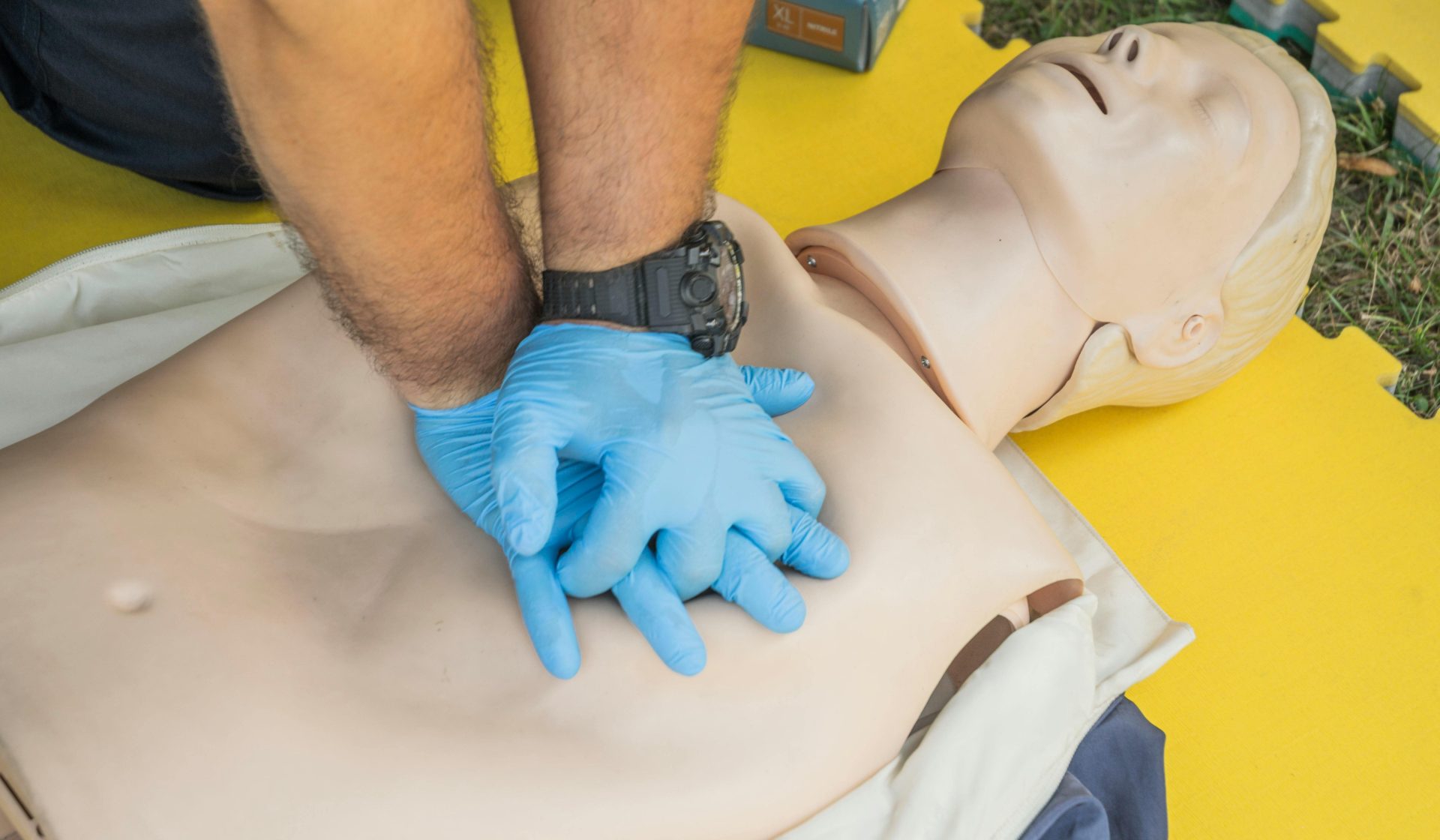A new study suggests a lack of CPR dummies modeled on women’s bodies is to blame.
By all accounts, cardiac arrest is a condition that demands swift and decisive action. Every second counts. But for women who collapse in public, the timeline moves slower.
A new study has built on existing evidence that determines women are significantly less likely than men to receive life-saving CPR from bystanders because people ‘worry about touching their breasts.’
These findings are an example of ‘medical misogyny,’ a system of bias and neglect toward women in medical research and training.
According to research by St John Ambulance, nearly a quarter of the 1,000 Britons surveyed said they would be less inclined to perform CPR on a woman in public, with a third of men worrying they would be accused of ‘inappropriate touching’.
This highlights the unsettling reality that society has a discomfort and lack of understanding when it comes to female anatomy, and this alarming gender disparity is costing lives. The survey suggests that only 68% of women are likely to receive CPR from bystanders compared with 73% of men.
This builds on previous research that shows between 2003 and 2013, more than 8,200 women in England and Wales could have survived a heart attack if they had been given the same treatment as men.
CPR helps keep oxygenated blood flowing through the body to the brain and other crucial organs until restoration of normal heart rhythm
This video from Action First Aid shows the importance of CPR 🧵1/2pic.twitter.com/MvC3CaQszl
— Science girl (@gunsnrosesgirl3) August 20, 2022
Dr. Rebecca Szabo of the Gandel Simulation Service has blamed this medical gender-bias on a lack of CPR dummies with breasts, with St John Ambulance stating that ‘unequal outcomes for women after cardiac arrest may start in CPR training and CPR manikin design related to implicit bias.’
Szabo told The Guardian that if dummies were equally representative of both sexes, then it ‘may help people feel more comfortable [in] being confronted with a bra, breasts, and something different’ in a real-life emergency.
CPR manikins – the faceless torsos used in first aid courses – are overwhelmingly modeled on male anatomy. Flat-chested, broad-shouldered, and wholly unrepresentative of half the population, they reinforce a dangerous ignorance that disproportionately costs women’s lives.
Adding to the complexity is the way cardiac symptoms manifest differently in women. While men report hallmark chest pain, women’s symptoms like jaw pain, fatigue, fainting, or nausea are easily misinterpreted or dismissed.
Cultural taboos surrounding the female body exacerbate this crisis. This is especially prevalent among men, whose reluctance is driven by fear of being accused of impropriety. But women are not exempt from this hesitation. Even among female bystanders, implicit biases about the appropriateness of touching another woman can also delay action.
Women aren’t just overlooked when it comes to CPR training, either. According to Impact, when cars are tested for safety, only male-representing crash dummies are used. And the most commonly used crash test dummy has the same measurements as an average adult male from the 1970s.
This means that varying physical characteristics, such as height, weight, bone density, and muscle mass are entirely overlooked.
Women are less likely to receive bystander CPR than men. Let that sink in. But there is good news – we can change this. #NationofLifesavers pic.twitter.com/bimDmGxbSa
— GoRedforWomen (@GoRedForWomen) December 9, 2024
While updates to training are vital to shift attitudes and behaviours, the issue runs deeper than the design of a training dummy. It’s about a healthcare system that continues to undervalue women’s health.
From medical research that skews male to public health campaigns that fail to educate people on how cardiac symptoms differ by gender, the deck is often stacked against women at every turn.
Fixing this imbalance will require more than anatomical adjustments to training tools. It calls for a cultural shift in how we view women’s health, public responsibility, and our own willingness to step up in moments of crisis.
Schools, workplaces, and community groups should also focus not just on CPR technique but on breaking down the biases and fears that deter intervention.
Women’s lives are not expendable. Their health is not secondary. And their chances of survival should not depend on whether a stranger in the crowd can overcome discomfort long enough to act.
It’s vital that we invest in better training, demand greater awareness, and ensure that no woman is left to die because society is uncomfortable with her body.

















